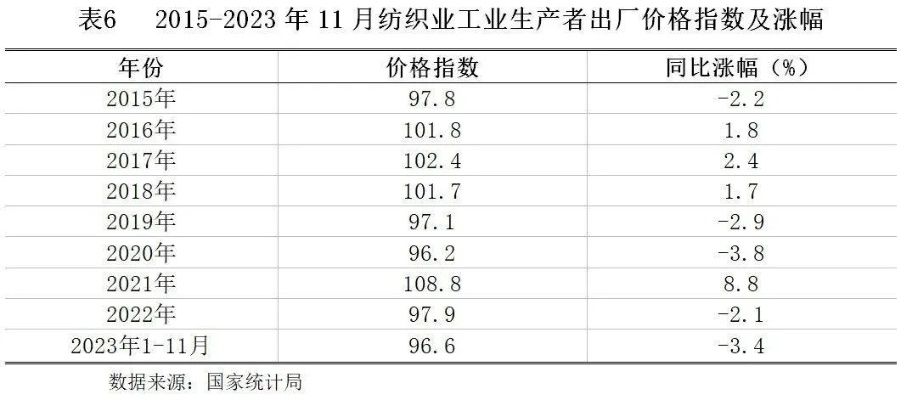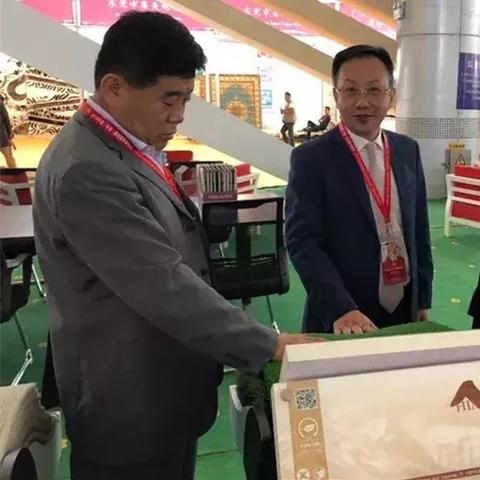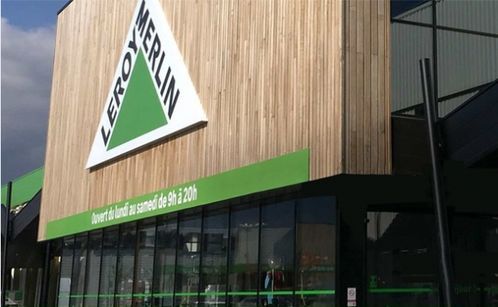The Future of Digital Textile Printing:Revolutionizing the Fashion Industry
Introduction: The digital textile printing industry has been rapidly evolving over the past few years, revolutionizing the fashion industry with its innovative capabilities. From eco-friendly materials to advanced technology, digital printing is transforming the way we create and design clothing. In this essay, we will explore the key aspects of digital textile printing, including its advantages, applications, and future trends.

Advantages of Digital Textile Printing:
- Environmentally Friendly: Digital printing uses less water and ink than traditional methods, reducing waste and promoting sustainability.
- High Precision: Digital printing can produce precise patterns and designs that are difficult or impossible to achieve with traditional methods.
- Cost-Effective: Digital printing can reduce production costs by eliminating the need for expensive machinery and manual labor.
- Customization: Digital printing allows for easy customization of designs, allowing designers to create unique and personalized products.
- Speed: Digital printing processes can be completed quickly, enabling businesses to respond to market demand more efficiently.
Applications of Digital Textile Printing:
- Clothing Designs: Digital printing has become a popular technique for creating trendy and stylish clothing designs. It enables designers to experiment with different colors, textures, and patterns without the limitations of traditional methods.
- Accessories: Digital printing has also found applications in designing accessories such as bags, hats, and jewelry. These products can be easily customized with unique designs and patterns.
- Home Decor: Digital printing has made it possible to create personalized home decor items such as wall art, curtains, and pillows. These products can be designed to match any style or color scheme.
- Sportswear: Digital printing has enabled the creation of high-quality sportswear with intricate designs and patterns that are both functional and stylish.
- Medical Supplies: Digital printing has also found applications in the medical industry, where it can be used to create labels, bandages, and other medical supplies with clear and legible information.
Future Trends in Digital Textile Printing:
- Artificial Intelligence (AI): As AI continues to evolve, it is likely that it will play a significant role in the development of digital textile printing. AI-powered systems can analyze patterns and designs to optimize printing processes and reduce waste.
- 3D Printing: While digital printing is already capable of producing 3D designs, the integration of 3D printing technology could lead to even more innovative and creative designs. This could include the use of 3D printed elements in garments or accessories.
- Biodegradable Materials: As concerns about environmental sustainability grow, there is a growing interest in using biodegradable materials in digital textile printing. This could include using organic cotton, bamboo, or other sustainable fabrics that can be easily recycled or composted.
- Virtual Reality (VR): VR technology could be used to simulate the effects of different designs on real-world fabrics. This could help designers and manufacturers make more accurate decisions about their product designs.
- Blockchain Technology: Blockchain technology could be used to track the production process from raw material to finished product, ensuring that the products meet high standards of quality and sustainability.
Conclusion: Digital textile printing is set to continue its rapid growth and transformation in the fashion industry. With its many advantages, wide range of applications, and potential for future innovation, it is poised to become an integral part of the fashion landscape. By embracing digital printing techniques, designers and manufacturers can create products that are not only stylish but also environmentally responsible and sustainable. The future of digital textile printing looks bright, and we can expect to see even more exciting developments in the years to come.
随着科技的飞速发展,数码纺织品印花技术日益成熟,其在服装、家居装饰等领域的应用越来越广泛,数码纺织品印花以其独特的图案设计和个性化定制能力,为消费者提供了更多选择和个性化体验,本篇文章将围绕数码纺织品印花进行深入探讨,介绍其定位、特点以及实际应用案例。
数码纺织品印花定位
数码纺织品印花是一种基于数字技术的高效、快速、环保的纺织生产方式,它通过数字图像处理技术,将图案、颜色、纹理等信息转化为纺织品上的具体图案,实现了纺织品设计与生产的高效结合,数码纺织品印花广泛应用于服装、家居装饰、户外用品等领域,成为现代纺织行业的重要发展方向。
数码纺织品印花特点

- 高效率:数码纺织品印花采用数字图像处理技术,可以实现快速生产,大大提高了生产效率。
- 个性化定制:数码纺织品印花可以根据消费者的需求和喜好,进行图案设计和个性化定制,满足消费者的个性化需求。
- 环保可持续:数码纺织品印花采用环保材料和技术,实现了纺织品的绿色生产,符合现代社会对环保的要求。
数码纺织品印花实际应用案例
服装行业案例
在服装行业中,数码纺织品印花的应用越来越广泛,某品牌推出的时尚连衣裙,采用了数码纺织品印花技术,将时尚元素与环保材料相结合,打造出既时尚又环保的服装,数码纺织品印花还可以应用于运动服装、户外服装等领域,为消费者提供更多选择和个性化体验。
家居装饰行业案例
在家居装饰行业中,数码纺织品印花的应用也越来越广泛,某家居用品公司推出的床上用品,采用了数码纺织品印花技术,将自然元素与家居风格相结合,打造出简约、舒适、自然的家居氛围,数码纺织品印花还可以应用于窗帘、地毯、壁挂等家居用品中,为消费者提供更多选择和个性化体验。
数码纺织品印花技术表格说明
以下是数码纺织品印花技术的相关表格说明:
| 技术参数 | 描述 |
|---|---|
| 数字图像处理技术 | 利用数字图像处理软件将图案、颜色、纹理等信息转化为纺织品上的具体图案 |
| 环保材料 | 采用环保材料和技术,实现纺织品的绿色生产 |
| 高效率 | 实现快速生产,提高生产效率 |
| 个性化定制 | 根据消费者的需求和喜好进行图案设计和个性化定制 |
| 应用领域 | 服装、家居装饰、户外用品等 |
数码纺织品印花作为一种新兴的纺织生产方式,具有高效率、个性化定制和环保可持续等特点,其在服装、家居装饰等领域的应用越来越广泛,为消费者提供了更多选择和个性化体验,随着科技的不断发展,数码纺织品印花将会更加成熟和普及,为纺织行业带来更多的发展机遇。
Articles related to the knowledge points of this article:
Choosing the Best Textile Brand:A Comprehensive Guide
The Global Supply Chain of Textiles:A Case Study of Renowned Manufacturers
The Magic of Textile Humidity Control with Smart Instruments



